Should Your Emergency Fund Be in Cash or a High-Yield Account?
31 December 2024
When it comes to managing your finances, there's one golden rule: always have an emergency fund. It’s the safety net that helps you face unexpected expenses, like a sudden medical bill, a car repair, or even unemployment. But here’s the million-dollar question (okay, more likely a few thousand-dollar question): Should your emergency fund be in cold, hard cash or in a high-yield account? Let’s break it down and figure out what makes the most sense for you.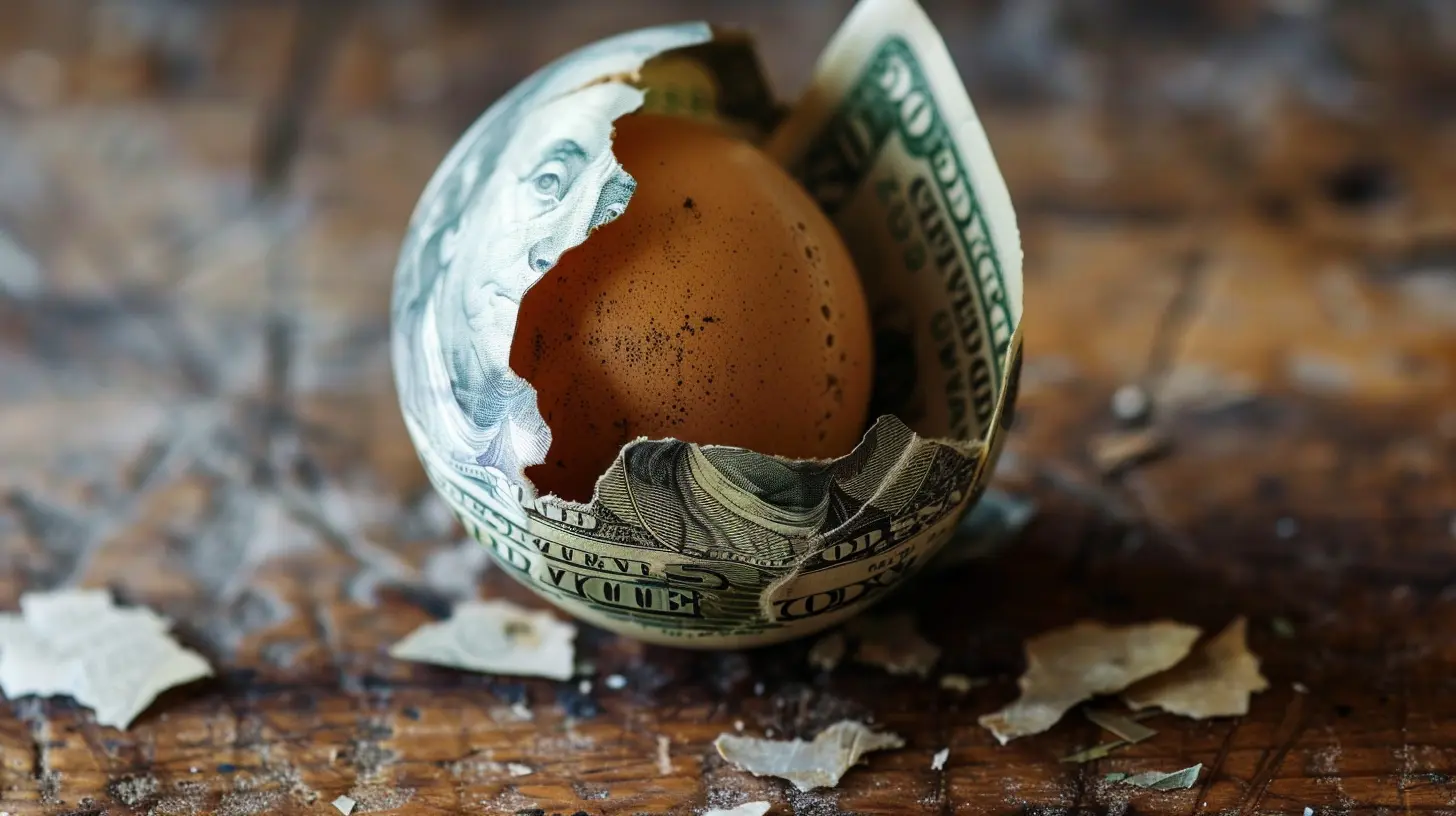
What Is an Emergency Fund, and Why Is It Important?
Before we start debating cash versus high-yield accounts, let's make sure we’re on the same page about emergency funds. An emergency fund is a stash of money set aside specifically for life’s “oops” moments—the kind that catch you off guard and make your wallet cry a little.Why is this so important? Imagine your car breaks down tomorrow, or you suddenly lose your job. Without an emergency fund, you might have to rely on credit cards or loans, which can spiral into a mountain of debt. That’s a stress nobody needs! Financial experts recommend having three to six months' worth of living expenses saved for emergencies. Think of it as your personal financial airbag—it’s there when life hits you with a collision you didn’t see coming.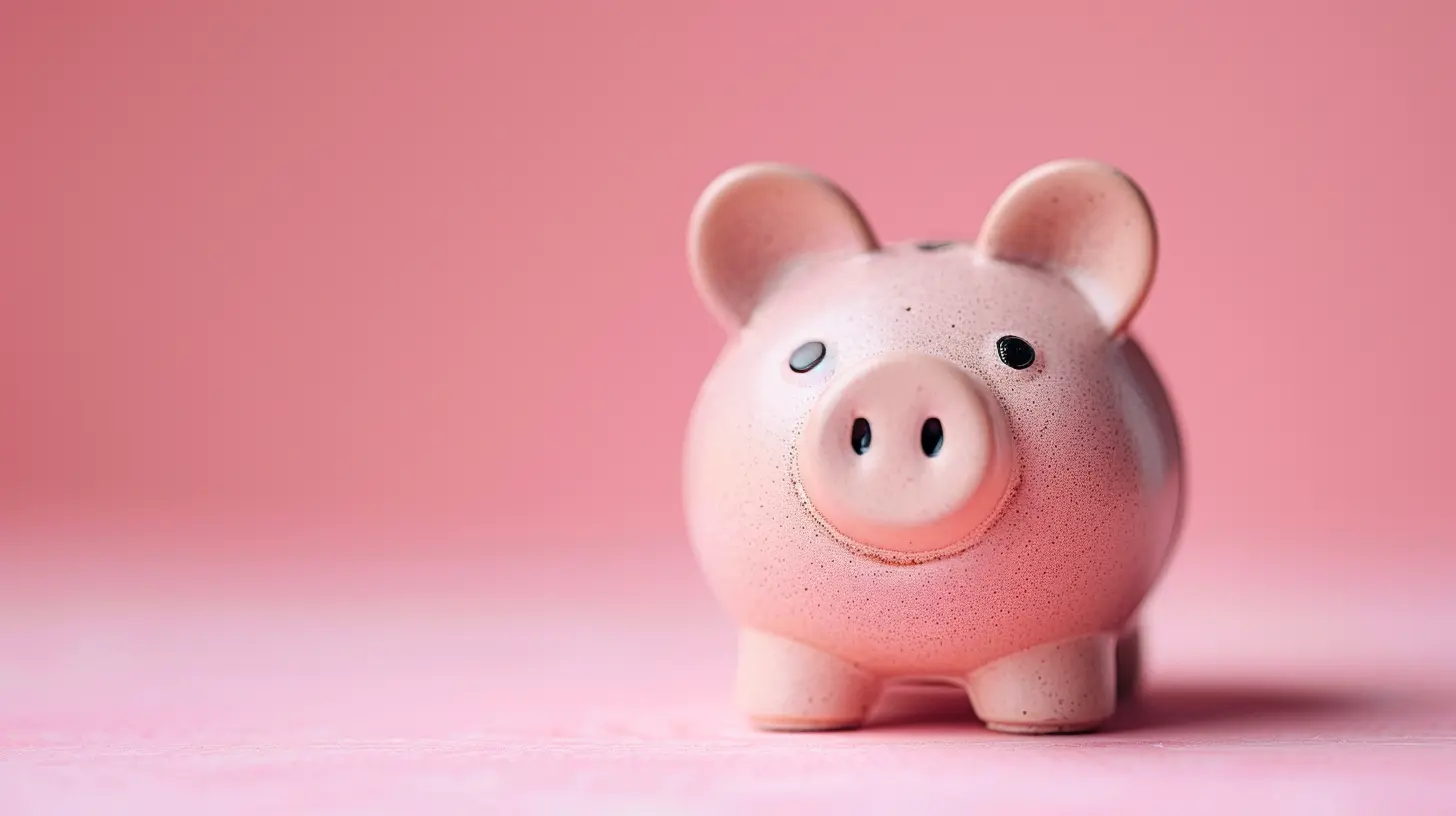
Cash vs. High-Yield Account: What's the Difference?
So, you’ve committed to building an emergency fund—awesome! But now comes the tricky part. Should you keep it in cash where it’s accessible at a moment’s notice, or park it in a high-yield account where it can earn interest? Let’s dive into both options.The Case for Cash
There’s something undeniably comforting about cash. It’s tangible, it’s immediate, and it doesn’t rely on technology. But does that mean it’s the best choice? Let’s weigh the pros and cons.Pros of Keeping an Emergency Fund in Cash
1. Immediate Access: When you need money fast (like, yesterday), cash is king. Whether it’s a late-night tow truck or paying for unexpected repairs, having money in hand can be priceless.2. Zero Risk: Cash isn’t affected by market fluctuations or interest rate changes, so you can count on it being there when you need it.
3. No Bank Hassles: Forget about ATM fees, network issues, or waiting for transfers. Cash is as simple as it gets.
Cons of Keeping an Emergency Fund in Cash
1. No Growth: Cash just sits there. It doesn’t earn interest or grow over time, so you’re essentially leaving money on the table.2. Inflation Woes: Inflation can chip away at your cash’s purchasing power. That means the money you save today might not stretch as far a few years down the line.
3. Risk of Theft or Loss: Keeping a large pile of cash at home can be risky—what if it’s stolen or accidentally misplaced?
The Case for a High-Yield Savings Account
A high-yield savings account (HYSA) is a bank account that offers a much higher interest rate than a traditional savings account. It’s like putting your money to work for you, even when you’re sleeping. But is it the right place for your emergency fund?Pros of Keeping an Emergency Fund in a High-Yield Account
1. Earn Interest: The biggest perk is that your money grows over time. Sure, you’re not going to get rich off the interest, but hey, every penny counts!2. Safety: Most high-yield savings accounts are FDIC-insured (in the U.S.), meaning your money is protected up to $250,000. That’s peace of mind you can’t put a price on.
3. Easy Access: Unlike other investments, high-yield accounts allow you to access your funds relatively quickly, usually within one or two business days.
Cons of Keeping an Emergency Fund in a High-Yield Account
1. Slight Delay in Access: Need money immediately? You might have to wait a bit for a transfer from your HYSA to your checking account.2. Interest Rates Can Fluctuate: HYSA rates aren’t fixed, which means they can go down, especially in a low-rate environment.
3. Temptation to Withdraw for Non-Emergencies: When your money is just a transfer away, it can be tempting to dip into it for things that aren’t true emergencies. Stay strong!
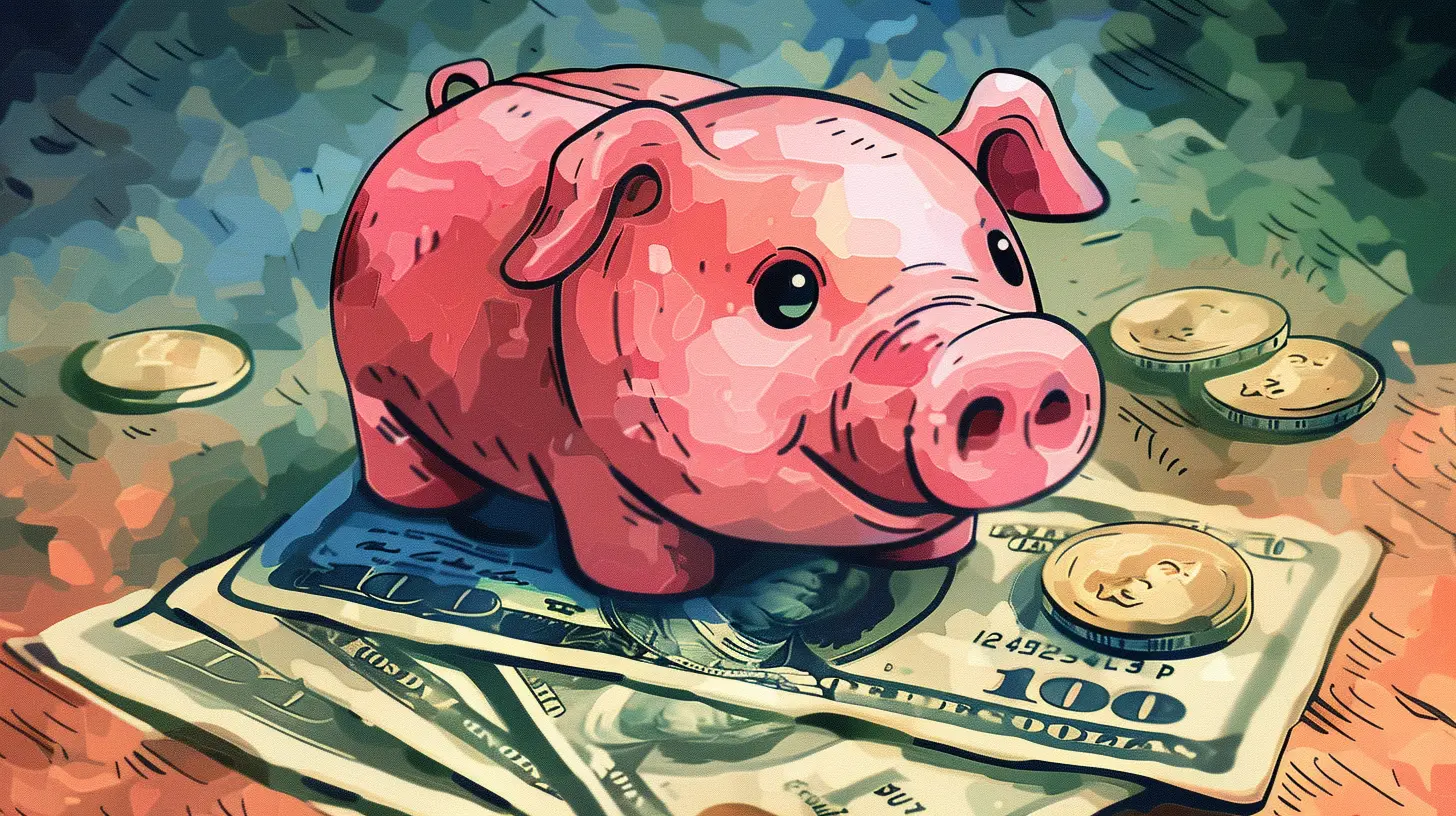
Factors to Consider When Deciding
Now that we’ve covered the pros and cons of both options, how do you decide which is right for you? It really depends on your personal circumstances. Here are a few key factors to keep in mind:1. Your Risk Tolerance
If you’re the kind of person who loses sleep worrying about market changes or technical glitches, cash might give you peace of mind. On the other hand, if you’re comfortable with a slight delay to access your funds, a high-yield account could work.2. How Quickly You Might Need the Money
Think about the types of emergencies you’re preparing for. If you’re more likely to need cash immediately (like for medical emergencies or car repairs), having at least some of your fund in cash makes sense. However, if your emergencies are less time-sensitive, you can afford to keep most of the money in a high-yield account.3. Inflation Concerns
If you’re worried about your emergency fund losing value because of inflation, a high-yield account can help offset this by earning interest. This is especially important if you’re building a fund to last several years.4. Your Spending Habits
Are you disciplined enough not to touch your emergency fund unless it’s a true emergency? If not, keeping it in cash (and hidden away) might save you from yourself. But if you’re responsible and can resist temptation, an HYSA might be a better option.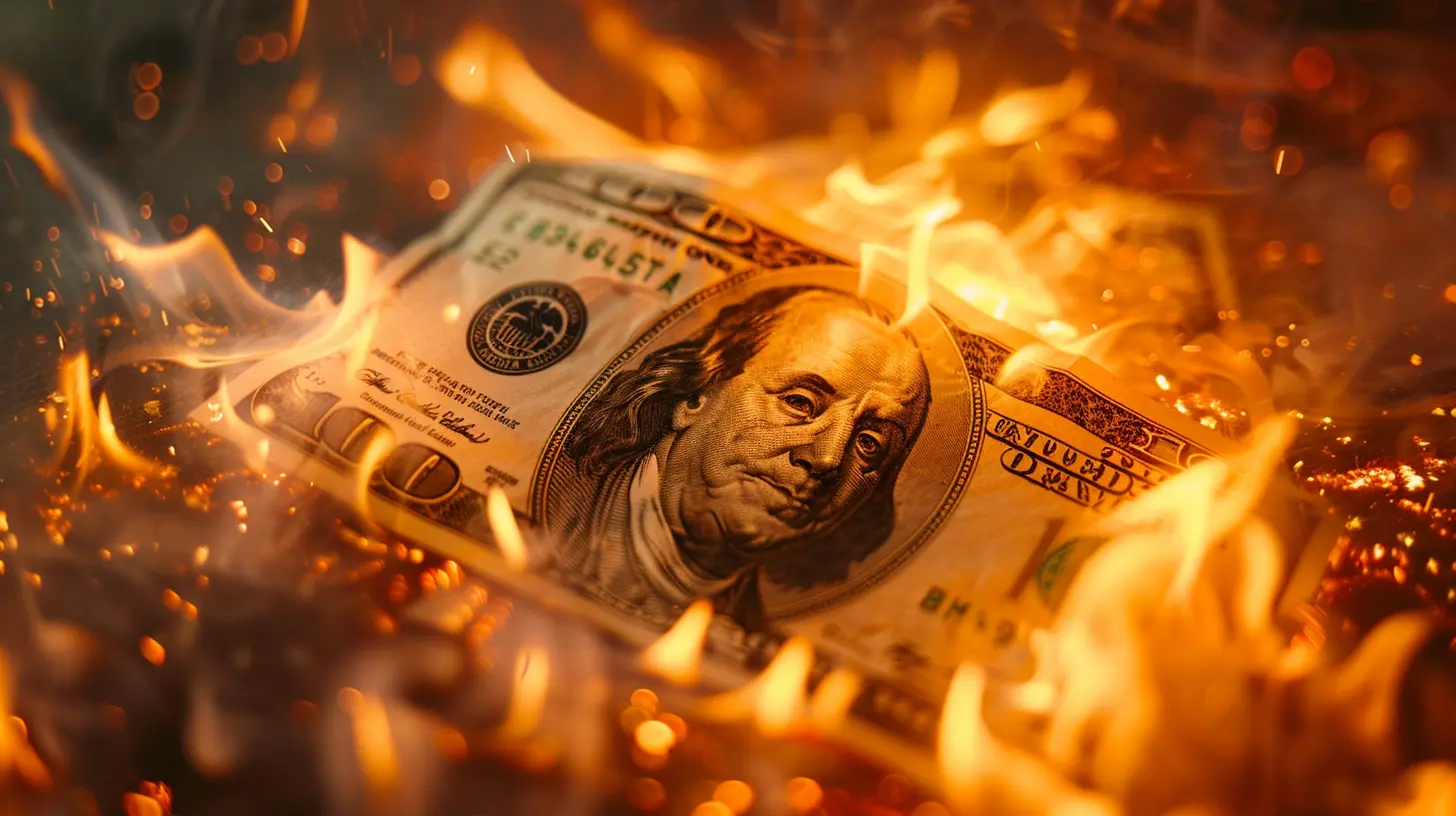
The Hybrid Approach: Why Not Both?
Here’s the good news: You don’t have to choose just one! In fact, many financial experts recommend a hybrid approach. Keep a portion of your emergency fund in cash for immediate access, and park the rest in a high-yield account to earn some interest.For example, you might keep $1,000 to $2,000 in cash at home or in your checking account for quick emergencies, and the rest in a high-yield savings account. This way, you get the best of both worlds—instant access and the ability to grow your money over time.
Tips for Setting Up Your Emergency Fund
Before we wrap this up, here are a few quick tips for building and maintaining your emergency fund:1. Start Small if You Need To: Don’t stress if you can’t save three to six months' worth of expenses right away. Start with $500 or $1,000 and build from there.
2. Automate Your Savings: Set up automatic transfers to your HYSA to make saving effortless. You won’t even miss the money!
3. Review Annually: Life changes, and so do your expenses. Make sure your emergency fund reflects your current financial situation.
4. Avoid Using It for Non-Emergencies: A sale on designer handbags? Not an emergency. Stick to the fund’s purpose!
Final Thoughts: So, What Should You Do?
At the end of the day, there’s no one-size-fits-all answer. Whether you choose to keep your emergency fund in cash, a high-yield account, or a combination of both, the most important thing is to have one. Life is unpredictable, and having a financial cushion can be the difference between a minor setback and a full-blown crisis.So, take stock of your current situation, weigh the pros and cons, and make a decision that feels right for you. Whatever you choose, your future self will thank you when life throws you a curveball.
all images in this post were generated using AI tools
Category:
Emergency FundAuthor:

Audrey Bellamy
Discussion
rate this article
19 comments
Kalani Matthews
Oh, what a groundbreaking dilemma! Cash under the mattress or a high-yield account? How will we ever decide! Maybe we should just stash it all in a piggy bank and call it a day. After all, who needs interest when you can have the thrill of a cash emergency?
February 11, 2025 at 7:35 PM

Audrey Bellamy
I appreciate your humor! While a piggy bank has its charm, a high-yield account can offer both security and growth for your emergency fund. Choosing wisely can provide peace of mind in times of need!
Bryson McIntire
Great article! It’s essential to weigh the benefits of liquidity versus interest rates when deciding where to keep your emergency fund. A high-yield savings account can offer better returns without sacrificing accessibility. Just ensure you can easily access funds in case of an emergency.
February 6, 2025 at 7:42 PM

Audrey Bellamy
Thank you for your insightful comment! Balancing liquidity and interest rates is indeed crucial for optimizing an emergency fund.
Faelan Sheppard
This is a thoughtful exploration of a crucial topic. Balancing accessibility and growth for your emergency fund can be challenging. Every situation is unique, so choose what feels right for you.
February 3, 2025 at 1:31 PM

Audrey Bellamy
Thank you! I appreciate your insights on the importance of personalizing financial strategies. Balancing accessibility and growth is indeed key!
Uriah McCune
Great insights! Balancing accessibility and potential growth is key for an emergency fund. A high-yield account can offer benefits while keeping your money safe and accessible. Love how you highlighted the pros and cons of each option!
February 1, 2025 at 5:55 AM

Audrey Bellamy
Thank you! I'm glad you found the insights helpful. Balancing accessibility and growth is indeed crucial for an emergency fund.
Nadia Ward
While an emergency fund’s primary goal is liquidity, placing it in a high-yield account can provide better interest without sacrificing accessibility. The balance between security and growth is crucial; thus, choosing an account with minimal fees and quick withdrawal options ensures your funds work for you while remaining readily available.
January 28, 2025 at 12:05 PM

Audrey Bellamy
That's a great point! A high-yield account can offer better returns while maintaining the liquidity needed for an emergency fund. Balancing security with growth is key!
Vera Moore
While both cash and high-yield accounts have their merits, an emergency fund should prioritize accessibility and safety. High-yield accounts offer better returns without sacrificing liquidity, making them a superior choice. Don’t let fear of minimal gains deter you from maximizing your savings potential. Choose wisely!
January 25, 2025 at 12:04 PM

Audrey Bellamy
Thank you for your insightful comment! I agree that high-yield accounts strike an excellent balance between safety and potential growth for emergency funds. Prioritizing accessibility while maximizing returns is key!
Quillan Harmon
While cash offers accessibility, a high-yield account can enhance your emergency fund’s growth without sacrificing liquidity. Choose wisely!
January 22, 2025 at 8:03 PM

Audrey Bellamy
Thank you for your insight! Both options have their merits, and the best choice depends on individual financial goals and needs.
Arianth Johnson
When deciding between cash or a high-yield account for your emergency fund, consider access, liquidity, and interest rates. A high-yield account can provide better returns without sacrificing safety.
January 20, 2025 at 4:26 AM

Audrey Bellamy
That's a great point! Weighing access and interest rates is crucial when choosing the best option for your emergency fund.
Iliana Gill
When deciding between cash or a high-yield account for your emergency fund, consider liquidity and interest rates. Cash offers immediate access but may yield lower returns, while high-yield accounts provide potential for growth. Balance accessibility and opportunity cost to optimize your financial safety net effectively.
January 13, 2025 at 11:47 AM

Audrey Bellamy
Thank you for your insightful comment! Balancing liquidity and interest rates is crucial when choosing between cash and high-yield accounts for an emergency fund. Your points highlight the importance of optimizing both access and growth for financial security.
Samuel Mendoza
While cash offers immediate accessibility, a high-yield account nurtures your emergency fund's growth potential without sacrificing liquidity. Balancing safety and opportunity becomes essential; the right choice reflects an individual's risk tolerance and financial philosophy in uncertain times.
January 10, 2025 at 5:11 AM

Audrey Bellamy
Thank you for your insightful comment! Balancing liquidity and growth is indeed crucial for effective emergency fund management, and individual preferences will vary based on risk tolerance and financial goals.
Raven McDonough
This article beautifully highlights the importance of balancing liquidity and growth for emergency funds. Your insights on cash versus high-yield accounts provide valuable guidance for financial security, helping readers make informed decisions during uncertain times. Thank you for sharing!
January 7, 2025 at 12:14 PM

Audrey Bellamy
Thank you for your kind words! I'm glad you found the insights helpful for making informed financial decisions.
Carrie McLoughlin
When deciding between cash and a high-yield account for your emergency fund, consider accessibility versus growth. Cash is easily accessible for immediate needs, while a high-yield account offers better interest. Balance both priorities based on your financial habits and comfort level to maximize your emergency savings effectively.
January 6, 2025 at 4:15 AM

Audrey Bellamy
Great points! It’s essential to weigh liquidity and interest potential based on your specific needs and financial habits. Both options can play a role in a well-rounded emergency fund strategy.
Holly McClure
While high-yield accounts offer better interest, keeping some cash accessible for immediate needs is essential. Balance liquidity and potential earnings for optimal financial security.
January 5, 2025 at 8:20 PM

Audrey Bellamy
You're absolutely right! Balancing liquidity with potential earnings is crucial for maintaining financial security while optimizing your emergency fund.
Zadie McClellan
Great insights! High-yield accounts boost your emergency fund's power!
January 3, 2025 at 8:52 PM

Audrey Bellamy
Thank you! Absolutely, high-yield accounts can significantly enhance your emergency fund's growth potential!
Joanna Johnson
Great insights! Prioritizing accessibility and growth for emergencies is crucial.
January 3, 2025 at 12:58 PM

Audrey Bellamy
Thank you! Prioritizing both accessibility and growth helps ensure you're prepared for emergencies while maximizing your savings.
Kendall Miller
Great insights! Balancing accessibility and interest is key for your emergency fund. Thanks for sharing these valuable tips!
January 2, 2025 at 3:22 AM

Audrey Bellamy
Thank you! I'm glad you found the tips helpful. Balancing accessibility and interest is indeed crucial for an effective emergency fund!
Regina McClain
While cash offers immediate accessibility, a high-yield account provides potential growth. Striking a balance between liquidity and returns is crucial, ensuring your emergency fund works effectively for you.
December 31, 2024 at 7:19 PM

Audrey Bellamy
Great point! It's essential to find the right balance between liquidity and growth for your emergency fund to maximize its effectiveness.
Colton McManus
Prioritize accessibility over yield in emergencies.
December 31, 2024 at 1:13 PM

Audrey Bellamy
I completely agree! In emergencies, having quick access to your funds is crucial, so prioritizing accessibility is essential, even if it means sacrificing some yield.
Rose Hines
This article provides valuable insights on the pros and cons of keeping an emergency fund in cash versus a high-yield account. Ultimately, the decision should consider personal financial goals, accessibility, and the current interest rate environment for optimal benefits.
December 31, 2024 at 4:43 AM

Audrey Bellamy
Thank you for your thoughtful comment! It's crucial to weigh personal goals and current rates when deciding where to keep your emergency fund.
MORE POSTS

The Importance of Emergency Funds When Living on Retirement Income

Choosing Between Dividend Reinvestment and Cash Payouts

Passing Down Your Business: Tips for Effective Wealth Transfer

Emergency Fund Hacks You Haven’t Heard Before

Mindset Shifts for Achieving Consistent Financial Growth

Exploring the Link Between Corporate Debt Levels and Economic Risk
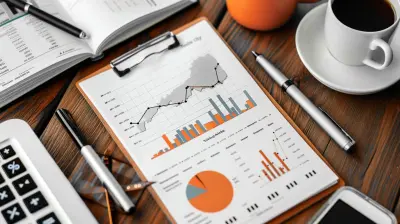
The Role of Financial Ratios in Stock Analysis

Smart Contracts and Their Impact on the Future of Finance

The Future of Offshore Banking: Trends and Predictions

How to Evaluate the True Cost of Relocation

How to Maintain Financial Wellness During Major Life Transitions

The Role of REITs in Creating a Reliable Passive Income